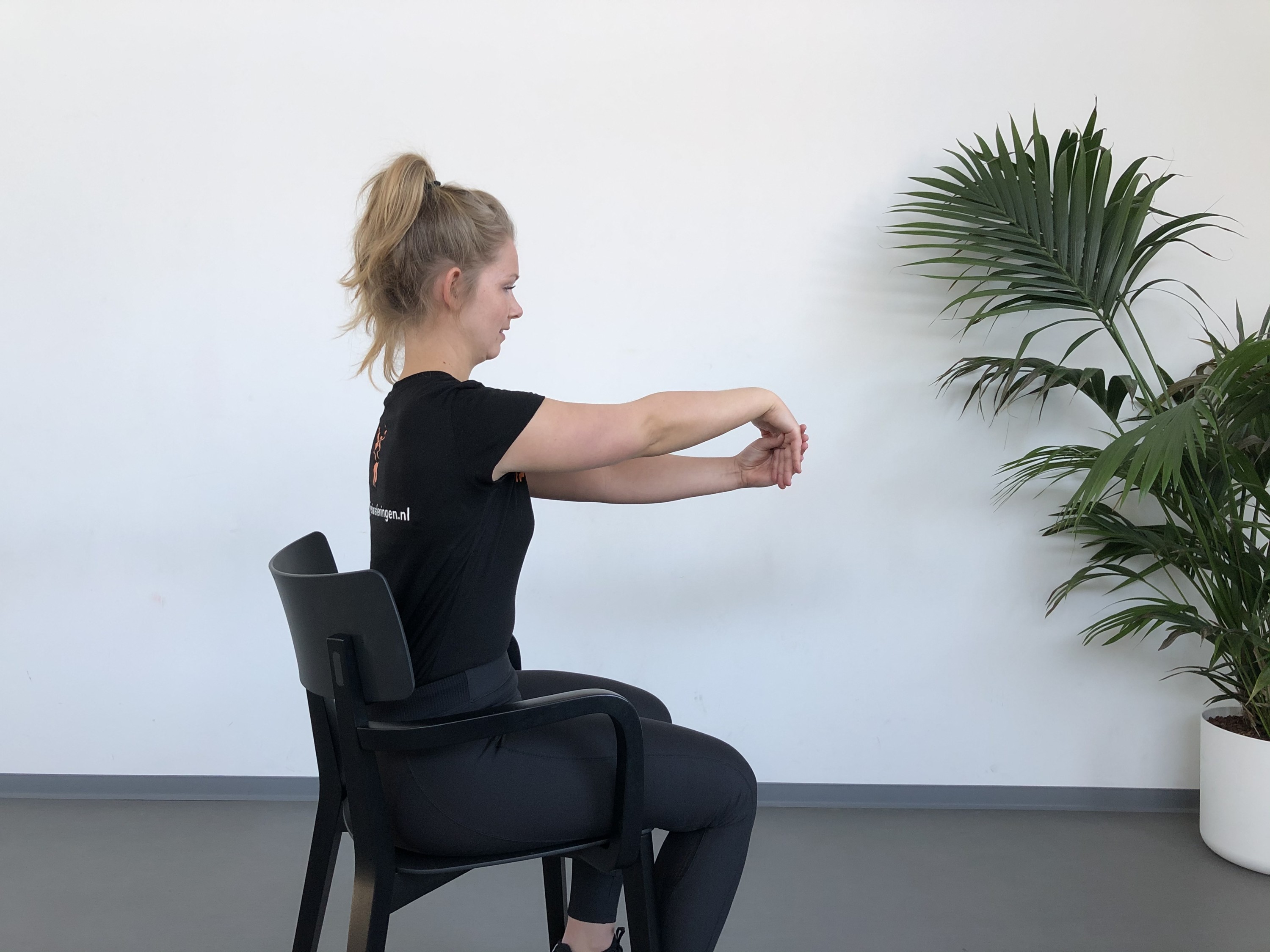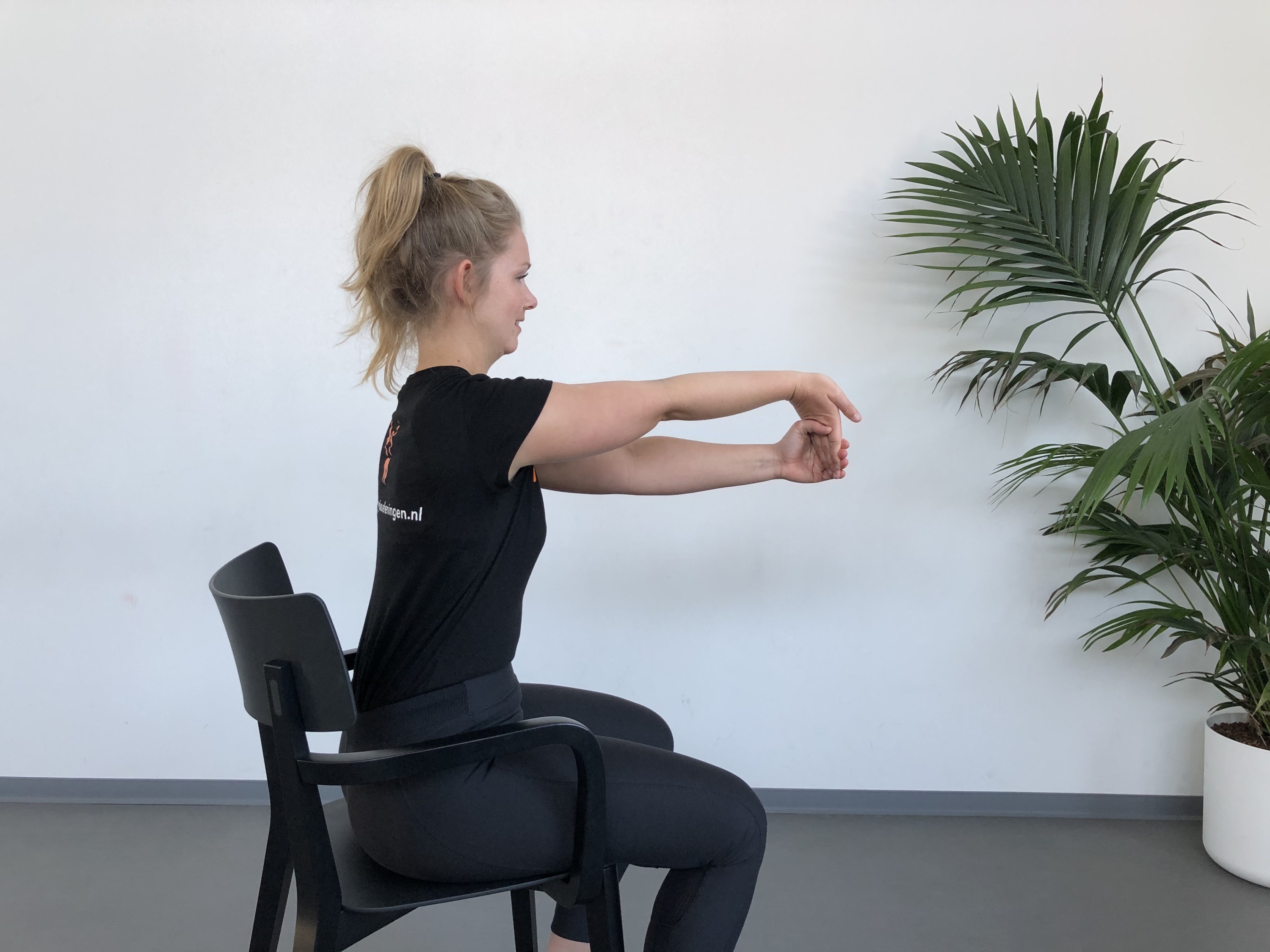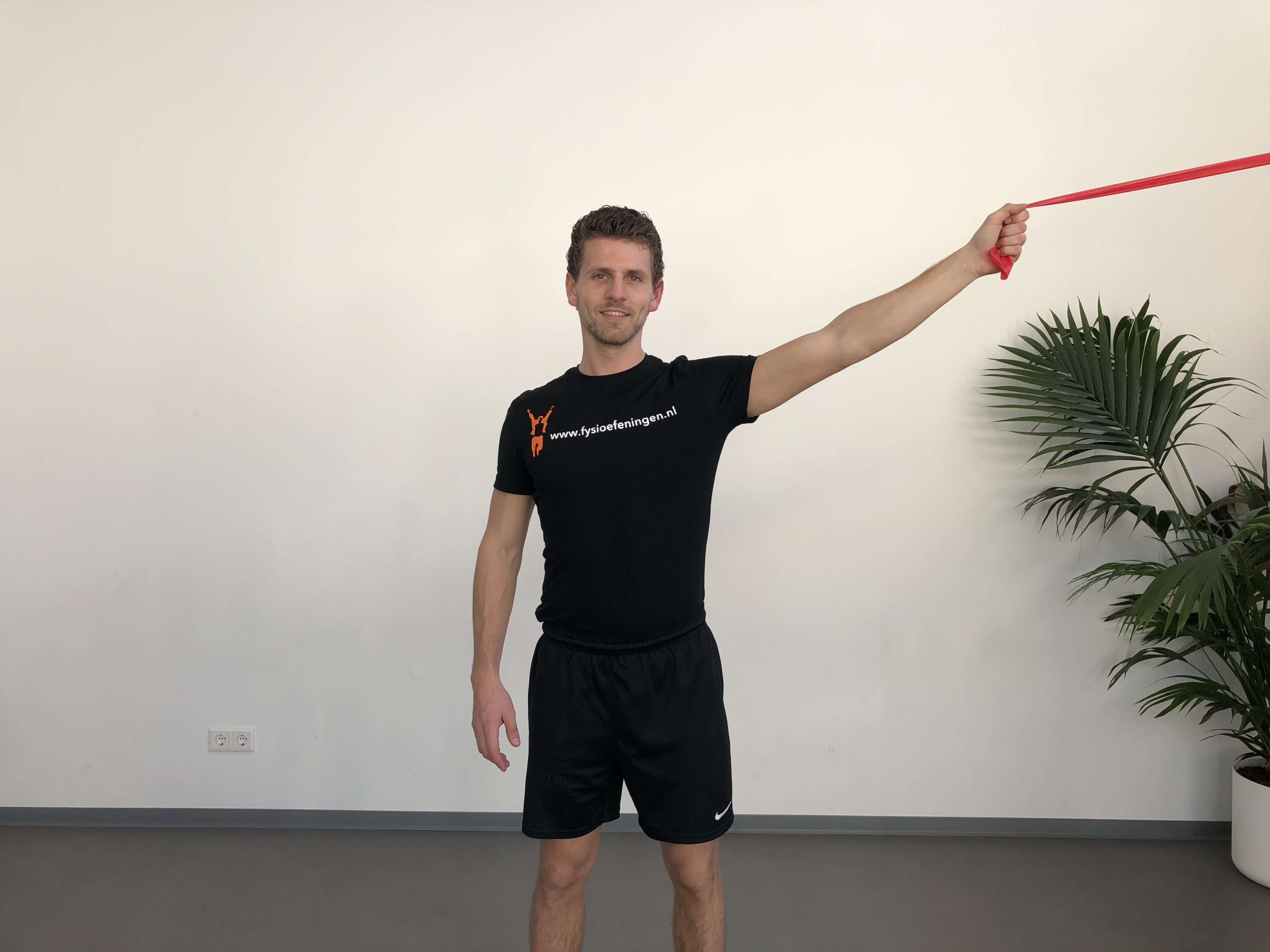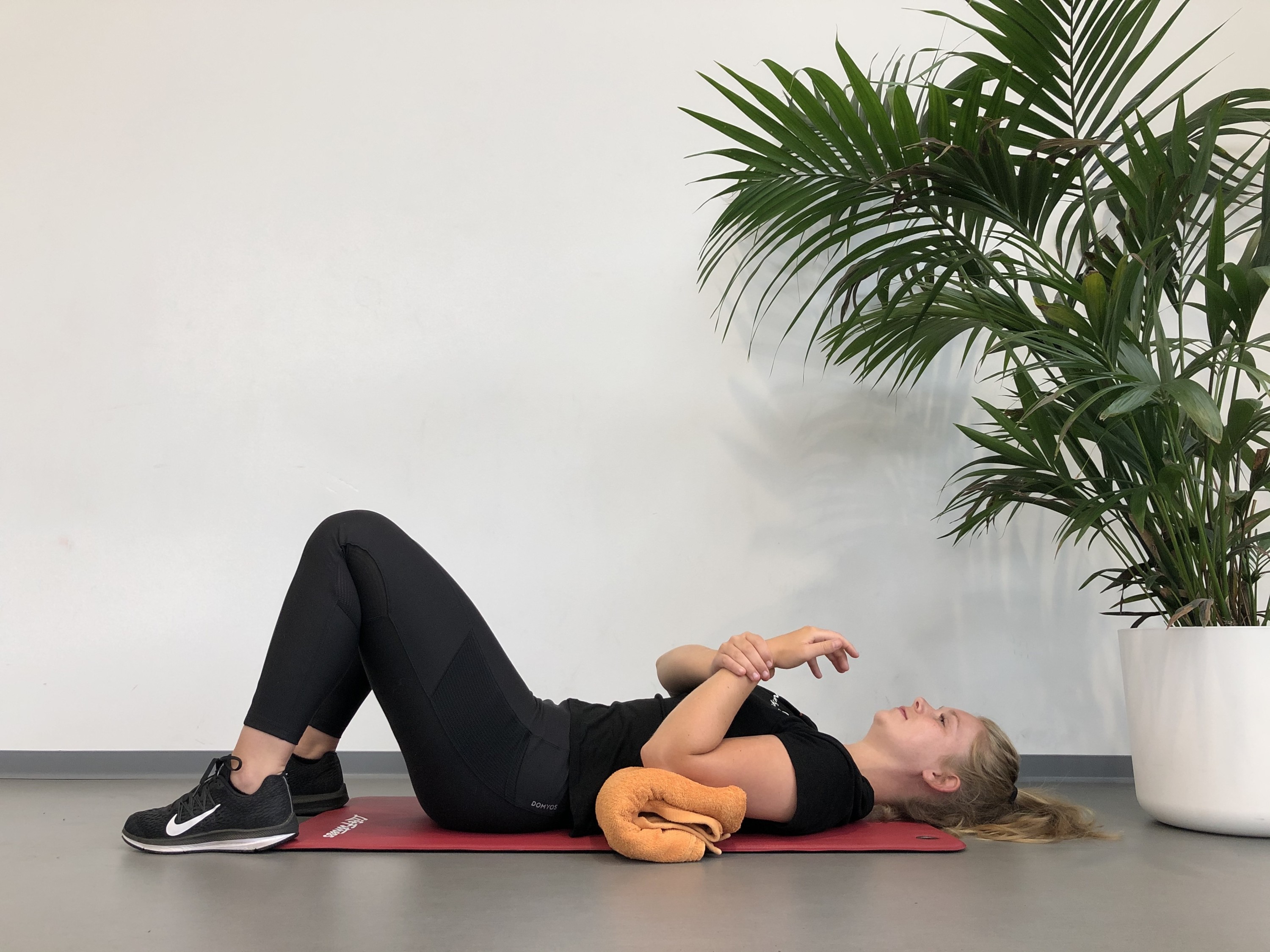
Elbow injuries
The elbow can be injured in various ways. The cartilage can deteriorate or become damaged, this is a normal aging process. Furthermore, muscle tears, bruises, stiffness, loss of range of motion or instability can occur for numerous reasons. It is important to find the cause of the injury to be able to optimize treatment and active rehabilitation.
The elbow
The elbow is the joint connecting the upper arm to the forearm. A number of structures in and around the elbow ensure its full movement. Elbow pain - sometimes combined with a reduction in movement range - can have an acute or gradual onset.
Three bones join together to form the elbow joint. These bones are the upper arm (humerus) and forearm (radius and ulna). The bones are held in place by ligaments and a joint capsule. Several muscles and tendons cross over the elbow joint, allowing the elbow to move.
The elbow can be injured in various ways. The cartilage can deteriorate or become damaged, this is a normal aging process. Furthermore, muscle tears, bruises, stiffness, loss of range of motion or instability can occur for numerous reasons. It is important to find the cause of the injury to be able to optimize treatment and active rehabilitation.





